Author note: It is solely the author’s conclusion that the EPA will soon shift to a three-number EV range display. The EPA requested that we make it clear the agency has not yet made a final decision on this matter.
Test cars for a decade and you will learn one thing about the Environmental Protection Agency’s three-number fuel economy estimates: They are not really estimates. We find the EPA’s City, Highway, and Combined MPG estimates to be spot on in our testing. The three-number method gives drivers an understanding of energy efficiency in a way they can understand intuitively. Aside from a small handful of outliers, every conventional car we test meets or exceeds the EPA Combined MPG number highlighted on the car’s window sticker and on the WWW.FuelEconomy.com website. Given this amazing accuracy, why does the EPA’s electric vehicle range number seem wildly high in winter? To answer, we need to explain how that single number ended up there in the first place.

EPA’s Goal: Educate and Inform
One responsibility of the Environmental Protection Agency is to educate and inform consumers so they can make better decisions when they buy energy-consuming products like cars. That is not as easy as you might think. We know first-hand. It is also our goal in much of the content we publish.
Along with EPA’s goals, it must follow the regulations it has on the books. One of them is to best inform the public about the relative energy efficiency of the vehicles they buy in simple succinct terms through the fuel economy label. In developing the fuel economy label, the EPA did a lot of research trying to determine how best to provide information to the consumer. Interviews, surveys, and even focus groups of consumers all pointed the EPA to use one big honking number on the side of a car in a showroom in bold font, instead of multiple values to take into account things like location and climate. Given the limitations that puts on an educator, it’s a miracle MPG and range miles are even helpful at all.

How MPG Became the de facto Metric For Vehicles
With conventional internal combustion engine cars (ICE cars), miles per gallon ratings serve two useful purposes. First, they tell the consumer what efficiency they can expect when they drive the car in various real-world conditions. Second, the EPA’s MPG number is ideal for comparing relatively similar vehicles to one another when shopping. In a family vehicle, a 14 MPG difference in MPG can translate to hundreds of dollars in fuel costs per year. Our chart above compares the Honda Odyssey to the Toyota Sienna. The MPG difference between these two nearly identical vehicles translates to $14,000 over the life of the vehicle in favor of the Sienna. The MPG difference tells the tale perfectly. 36 seems much better than 22, and it is.
Why Range Matters More than MPG to EV Buyers
When comparing electrified vehicles, MPG is not really that helpful. With EVs, MPG is called MPGe, as in “miles per gallon equivalent.” The truth is, EVs of all types are extremely efficient. The rating of a Chevy Bolt battery-electric vehicle is 118 MPGe. The rating of a Prius Prime plug-in hybrid-electric vehicle is 133 MPGe. However, the Prius Prime actually has a higher cost for energy since it uses liquid fuel and also electricity. As you can see, MPGe is really not much help in this comparison example. These vehicles only have a $50 annual difference in energy cost anyway, so the differing MPGe number is not meaningful.
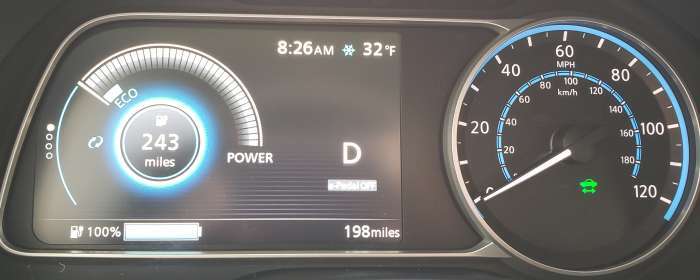
What EV owners care a LOT about is range. Unlike in an ICE vehicle, you can’t grab 200 miles more in range on any street corner in five minutes at a gas pump. Finding an EV charger is a hassle, and when you do use one adding back 200 miles can take ten times longer than gassing up a car. If you’re lucky you may find a DC fast charger, but even that can take a good part of an hour to grab 200 miles of range. Range anxiety is real, particularly for EV shoppers and new EV owners. For these reasons, the range of an EV is of much greater importance to EV shoppers and owners than MPGe.
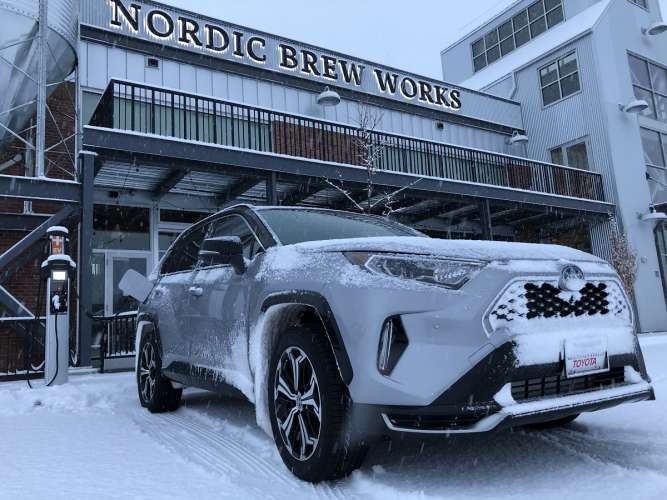
EPA-Estimated EV Range Miles and Why They Are Seem so Wrong In Winter
Unlike ICE vehicles which are mostly immune to temperature differences, EVs use electrochemistry in batteries to power their motors. Temperature has a huge impact on battery charging rate and total power. Making matters worse, unlike in an ICE car, there is no handy waste heat in an EV to make the cabin warm and moisture-free in winter. This double whammy of factors means that the range of an EV is reduced from its typical maximum by a factor of as much as 40%. The EPA knows this. EV owners know this. AAA and Consumer Reports have proven it in independent testing, and Torque News knows it from having tested all the modern EVs available in winter. The question is, if you are mandated to use one big number on an EV, which do you choose? The Summer/Spring/Fall Range, the Winter Range, or a combination of the two?
EPA has chosen a combination, but it leans very heavily on the Summer/Fall/Spring range. We could dive into some math here, but let’s not. Suffice it to say that the EPA opted to use a ratio with about four parts Summer/Spring/Fall range and one part Winter Range to derive its single range number.
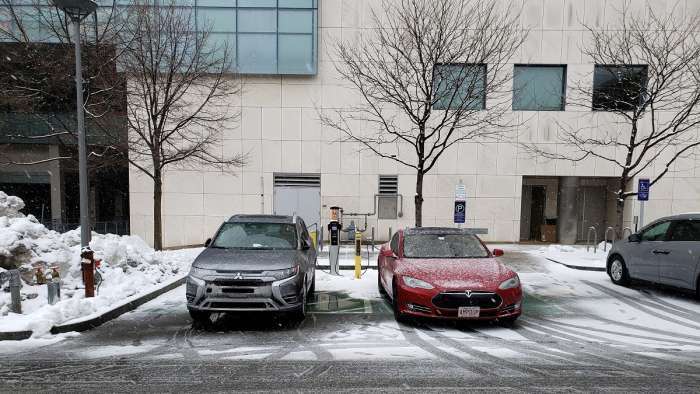
Most EV Test Reports Are “Wrong”
The upshot is that every publication, including ours, tests EVs in winter and reports that the EPA range estimate is wildly “wrong.” A comprehensive study of differences between promised and real-world EV range by Inside EVs concluded, "...customers get really disappointed to discover the range is so affected by low temperatures, as well as charging. Managing expectations can be crucial to increase EV sales."
Calling a single EV range estimate number "wrong" is not the best way to describe the problem. The EPA is just shackled to one EV range number that cannot possibly be meaningful in all seasons in all parts of America.
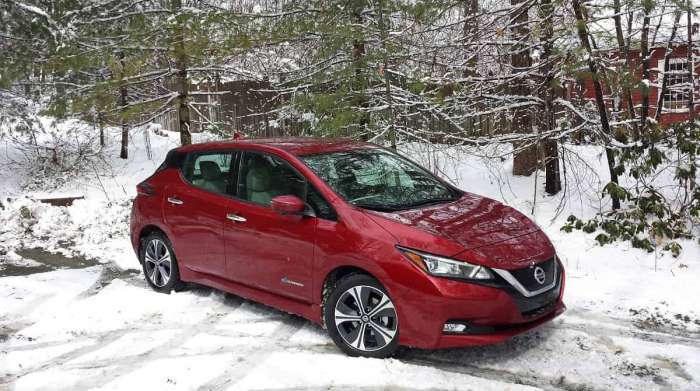
When an EV is cold-soaked in winter its battery is not at its optimal operating temperature. The car’s range-estimation computer knows it is going to have to account for two things. First, it will need to include the energy consumed when the car warms its battery pack up, and second, warms the cabin. Both take a LOT of energy. However, once that is accomplished the energy drain drops off and the car is much more efficient in terms of battery use per mile. The car’s computer shows you a conservative number figuring you may take multiple small trips with the need for multiple warm-up cycles over the full battery pack’s charge. Most EV testers at automotive publications don’t start with a pre-warmed battery and cabin and then drive five hours straight until the battery is entirely empty. If we did so, we might find the EPA number is closer than we guess by making assumptions from the in-vehicle range display when first starting out in cold temperatures.
What Will EPA Do About Its “Wrong” EV Range Number
EPA has in the past adjusted the way it reports MPG. The reported numbers were changed to be more in line with the fuel economy that consumers in real world driving will observe. So changing how EPA reports its EV range data is not off the table. It seems clear to this writer how EPA should eventually solve this conundrum.
In the next couple of years, as EVs become ever more popular, we expect that the EPA will adjust how it defines and reports EV range. As a long-term green vehicle reporter, I predict that the EPA will eventually switch to a three-number EV range format similar to the City-Highway-Combined MPG numbers EPA uses now. Revised EPA’s range estimates could look something like “Mild-Cold-Combined” with a more conservative Combined number than is used today. The Mild Range estimation would be meaningful for those in sunny California and the Cold Range for drivers in frigid Montana. The Combined number would work well as a way for consumers to cross-shop various EV models. More importantly, the Combined number would be more conservative. Thus, EV fans, owners, and media outlets would no longer feel obligated to prattle on about the EPA’s “Wrong” EV range estimate.
In case you missed the note at the top of the page, this prediction story is based on the author’s experience and research. Although our research did include discussions with the EPA, this story is not an official confirmation from anyone at the EPA.
John Goreham is a long-time New England Motor Press Association member and recovering engineer. As part of his engineering program, John conducted a year-long study of the thermal management of electric vehicle batteries as part of a team that built an EV from scratch. In addition to Torque News, John's work has appeared in print in dozens of American newspapers and he provides reviews to many vehicle shopping sites. You can follow John on Twitter, and view his credentials at Linkedin
Image Note: The image of the Toyota EV charging in the cold is courtesy of RAV4 Prime owner Kate Silbaugh.


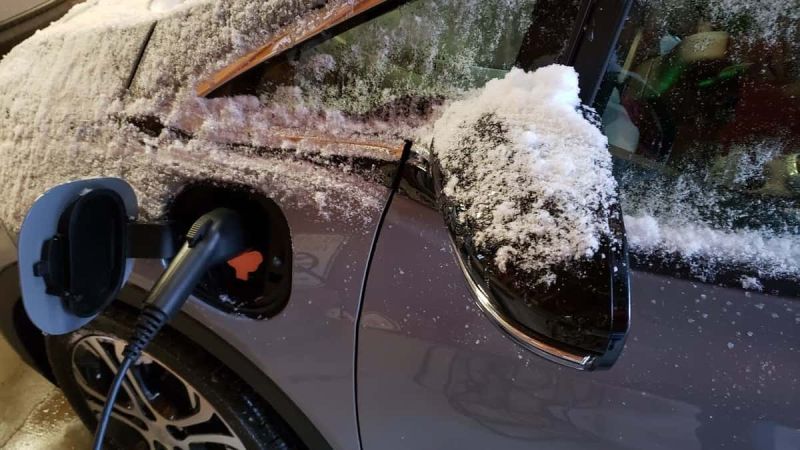





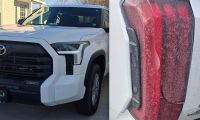
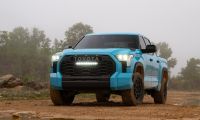
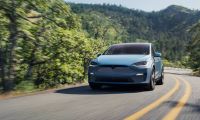
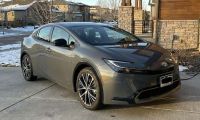
Comments
Great article and spot on!
Permalink
Great article and spot on!
The problem with Range Anxiety is it's got nothing to do with technology and everything to do with human behavior. I've been driving a EV for a long time and the EPA numbers have become pretty accurate IF you drive a EV with an eye on good energy management. It drives me crazy to see publications and media crying "The EPA numbers are all wrong and just not accurate". These statements are from people do don't normally drive EVs. They only drive the EV for testing during the test period and then get in their ICE vehicle and go home. They just don't have "Real world experience" despite the headlines. Many experienced EV drivers often get better, sometimes much better range than the EPA estimates.
To me the problem with range estimates comes from a couple of factors. First, people easily forget the EPA numbers are estimates, not gospel. Second, people who are used to driving ICE vehicles all their lives are used to driving as if they have unlimited energy to burn. Which essentially they do. They get into a EV and expect it to adapt to their driving like a "regular" vehicle. That's not going to happen. There is no way they are going to get anywhere close to the EPA estimates. The largest EV battery on the road right now doesn't have the energy equivalent of 4 gallons of gas and charging stations aren't as ubiquitous as filling stations.
I'm amazed at how many new EV drivers I encounter at public charging stations and other places who did ZERO research into EVs before they got one. Often the only metric they considered was which vehicle had the most range they could afford before they bought their EV. Most don't even bother to try to read the manual. The EPA just needs to add one thing to the current numbers: "+/- 50% Depending on how and where you drive".
Thank you, Tyler. I was
Permalink
In reply to Great article and spot on! by Tyler Fawkes (not verified)
Thank you, Tyler. I was hoping EV owners and advocates would view this story the way you have. I must admit, my past reporting may be worthy of the criticism you point out. We live and learn. I plan to share this among my fellow EV testers and maybe it will shape how they cover the topic of cold-weather EV range.
ICE vehicles are not immune
Permalink
ICE vehicles are not immune to temperature variations.
I lived in SoCal and drove my old Datsun for 3 years keeping scrupulous mileage records. I averaged 22MPG in suburban driving, 27MPG in mixed driving and 33MPG in pure highway driving. Moving to Wyoming and driving in winter dropped these numbers by 20%.
You make a good point.
Permalink
In reply to ICE vehicles are not immune by Mark (not verified)
You make a good point. However, I think if you take a new Sentra or 370Z and drive one in Wyoming, you will find its mileage in winter is equal or greater to the EPA's current estimates. You may do a bit better in mild weather.
Very interesting!
Permalink
Very interesting!
Really good article; covering
Permalink
Really good article; covering lots of the good topics about why an EV will not always get the EPA-estimated miles. The only other things you might mention: how all highway driving does not allow for regenerative braking recharging; and, how if you live in very hilly areas that it takes a lot more energy if you are doing lots of uphill driving. Thanks.
David, thank you for adding
Permalink
In reply to Really good article; covering by David Wyman (not verified)
David, thank you for adding these two very good points!